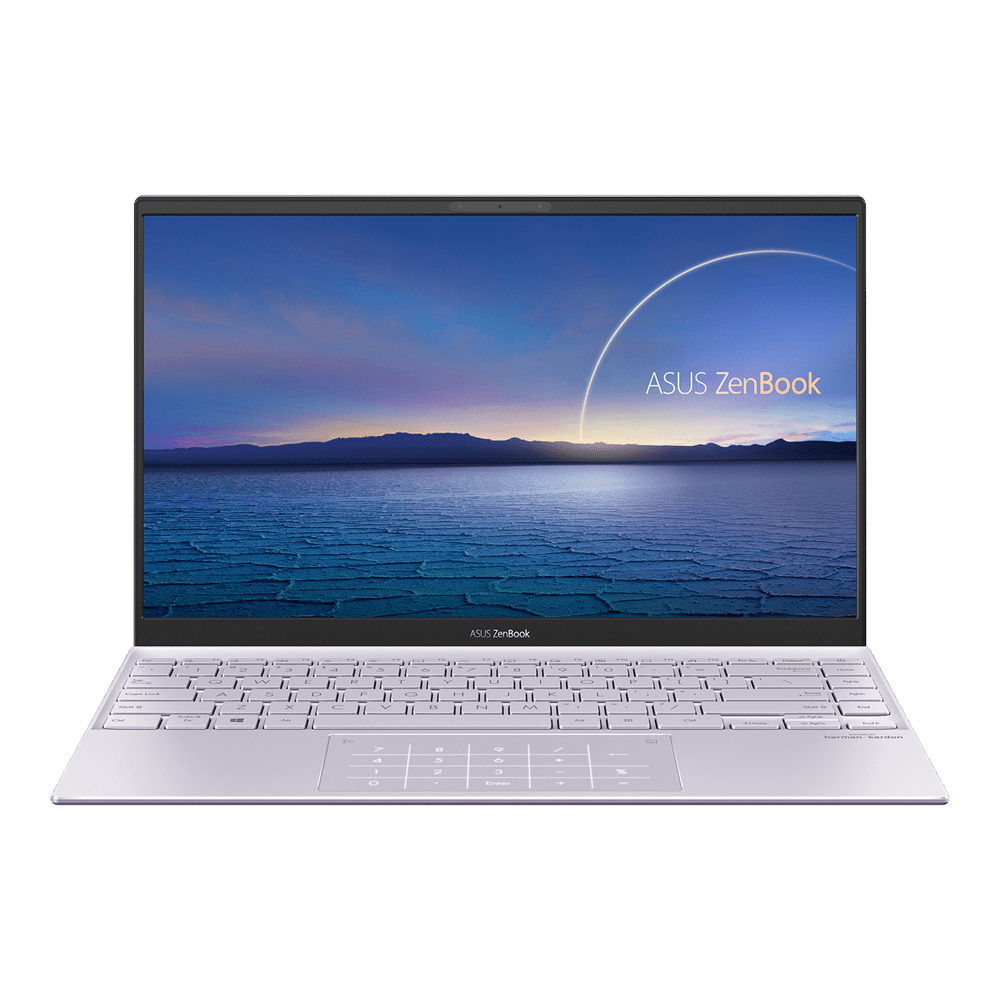I decided to replace my aging Surface Go laptop with another notebook for a number of reasons. While I liked the ultra-portability of the Surface Go device and its keyboard, some of its hardware specs were not cutting it anymore. The device had 4 Gigabytes of RAM only, and it could not install Windows 11 because of incompatible hardware. While I could work around that, it would still be terribly slow.

The decision to buy another notebook was born. My main requirements were that it could be upgraded to Windows 11, had plenty of RAM, a good display, and a good keyboard to help me with my writing. I thought about getting a Surface Go 3, but it turned out to be too expensive if you level up the base configuration with a better processor, more RAM and the needed keyboard.
Chance had it that the Asus Zenbook 14 was on sale during Black Friday: to be precise, the model is Asus Zenbook 14 UX425JA-HM311T. The version that I was interested in was discounted by about 40%, down to about €660 from over €1000. It is powered by an Intel Core i5-1035G1 CPU, has 16 Gigabytes of RAM, a 512 Gigabyte SSD, and an excellent display 14" display with 400-nits and a resolution of 1920x1080.
The Surface Go 3 would cost about €800 in the configuration with the better processor, 8 Gigabytes of RAM and a type cover. Granted, it has a touch-screen, which the Asus does not have, the display resolution is 1920x1280, and it is a bit lighter than the Asus device.
Interestingly enough, Asus' device beats Microsoft's in a number of fields, including battery run time, storage, RAM and processor.
I received the Asus device some time ago and have used it for about a week now for my daily writing here on this site.
In this article, I'd like to describe my experience with the Asus Zenbook 14. The review won't focus on benchmarks or hardware metrics, but mainly on my experience as a user and writer. Reviews that focus on hardware can be found on may sites, including this one.
The first thing I did after the initial startup configuration was to run the upgrade to Windows 11. All my desktop PCs are not compatible with Windows 11, and I needed access to Windows 11 outside of using Virtual Machines for my writing. The upgrade was quick and the powerful hardware, especially when compared to the aging Surface Go.
I copied important files and the Thunderbird profile from the Surface Go laptop to an USB device, and transferred the content to the new Asus laptop. I had everything up and ready in a matter of hours and replaced the Surface Go device entirely with the new Asus notebook.
I installed a Windows 11 Dev virtual machine on the device using VMWare, and it is working fine and without issues.
I like the device a lot. It has a great display that supports placing two windows side-by-side without sacrificing text size in the process. The processor and RAM makes everything feel snappy; I had to wait a couple of seconds on the Surface Go before certain windows would open, but this is no longer the case.
The keyboard requires a bit of getting used to, but the feedback is quite good, and it includes a numeric pad attached to the touchpad of the device.
Wireless reception is good and day to day work has improved significantly while using the device.
So nothing to criticize? Far from it, there are a number of usability issues that I encountered while using the device.
The keyboard layout has a major flaw in my opinion, as Asus decided to place the Power-button on the right side of the Delete button on the keyboard.

It happened that I accidentally tapped on the power-button instead of Delete, because all my other devices have the Delete-key on the far right of the upper keyboard row. It is quite the puzzling design decision, and I would have preferred a different location for the power-button on the keyboard. The four keys Pos1, Page Up, Page Down and End are placed on the right side of the keyboard. Some of the other keys need a bit of getting used to time as well, e.g. the #' key is quite huge, or that the back and forward keys could have been bigger.
The second issue that I have is that the power connector is on the left side of the notebook. I understand that it has to be somewhere, but since it is placed on the left, I'll always have to move the power cable around the back of the notebook to connect it to the device. Whether you have to do that depends on the location of the power outlet and your work position.
The third and final issue that I have is that the Asus Zenbook 14 is missing a 3.5 mm headphone jack. I don't need it often, but now I need to buy USB connected headphones for the device.
Closing Words
Would I buy the Asus Zenbook 14 again? I think I would. The discount was excellent and the device is a pleasure to work with for the most part. It is speedy enough for my use cases, has a ton of battery life, an excellent display, and a good keyboard with some weird key placement decisions.
Now You: which notebooks do you use, if any, and why?
Thank you for being a Ghacks reader. The post Hands on with the Asus Zenbook 14 appeared first on gHacks Technology News.


0 Commentaires